Puberty
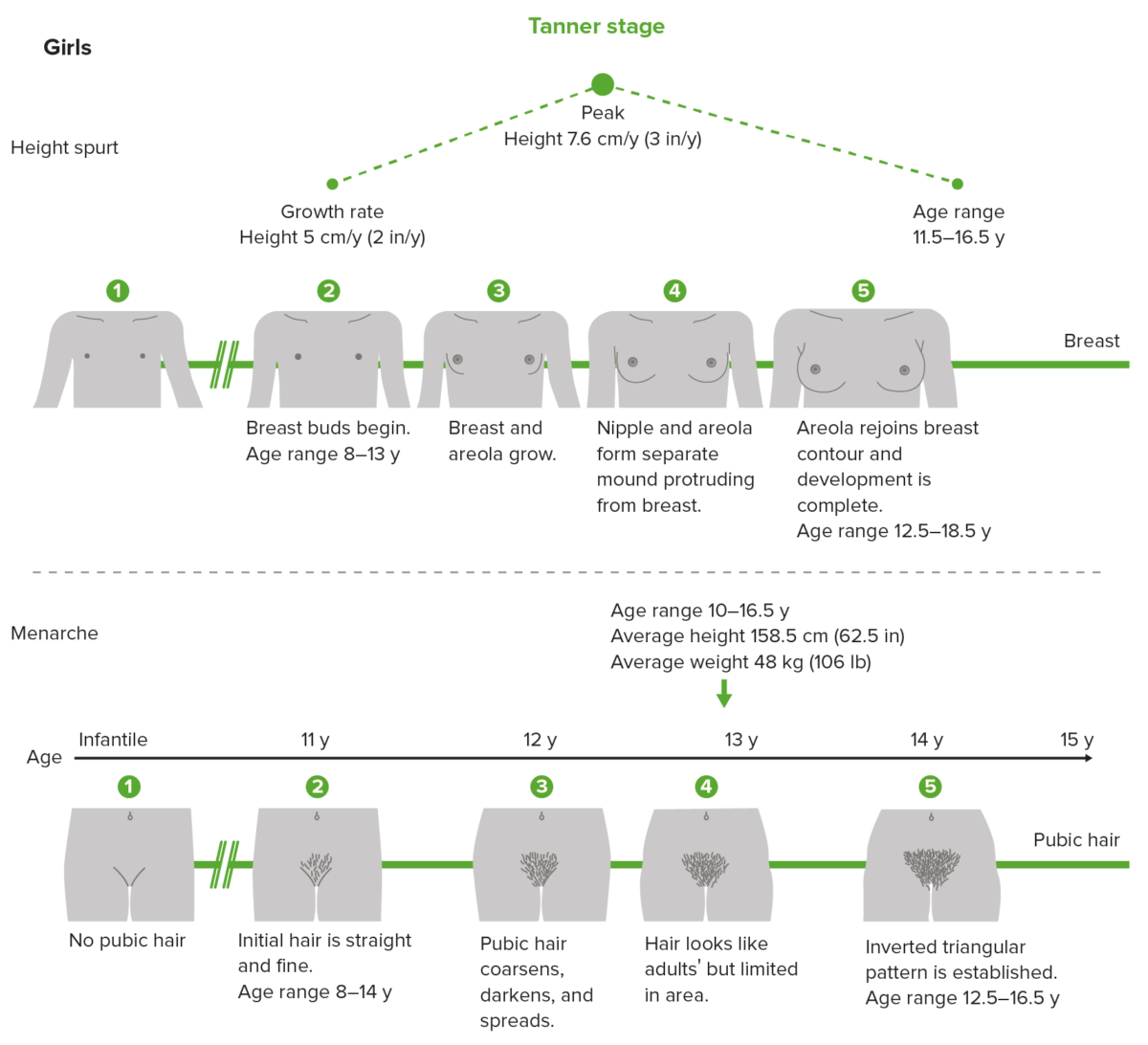
Overview Definition Puberty is the time period from the 1st appearance of secondary sexual characteristics until achieving complete sexual development. Puberty involves a complex series of physical, psychosocial, and cognitive changes. Onset Hormonal control in the initiation of puberty Physical Changes During Puberty Puberty can be divided into 4 different consecutive stages, namely, thelarche, pubarche, […]
Placenta, Umbilical Cord, and Amniotic Cavity
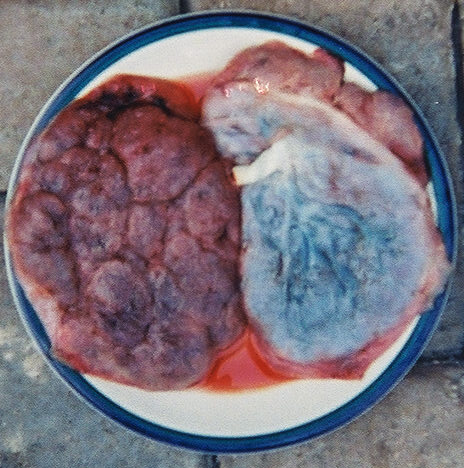
Placental Structure, Circulation, and Function Placental structure The placenta has a pancake-like appearance, with 2 sides: Placental circulation Placental barrier The placental barrier is a selectively permeable membrane separating the maternal and fetal blood. The barrier is comprised of the following layers: Functions of the placenta The table lists the many critical functions of the […]
Electrocardiogram (ECG)
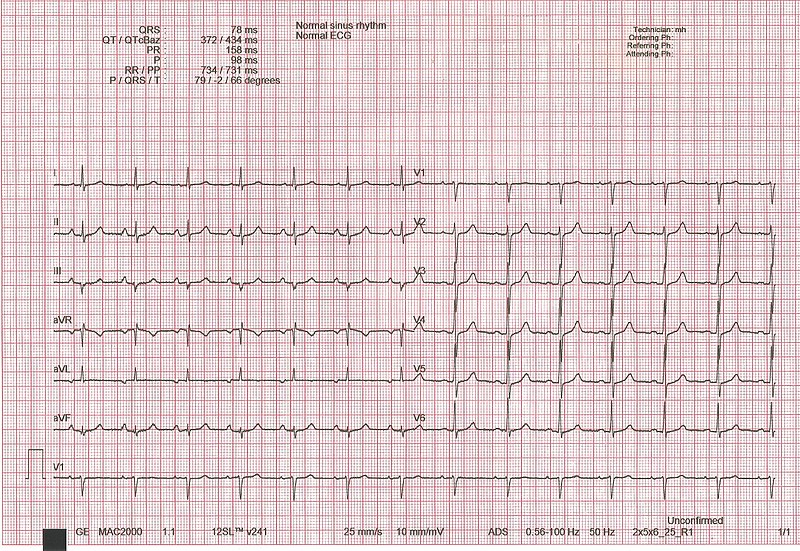
Overview In 1902 the electrocardiogram (ECG) was invented by Willem Einthoven, a Dutch physician. Einthoven received the 1924 Nobel Prize in Physiology or Medicine for the invention. Terminology Electrocardiogram is abbreviated/referred to as: ECG electrodes and leads ECG tracing Components A normal ECG tracing will have several predictable and reproducible components corresponding to electromechanical events […]
Tubular System
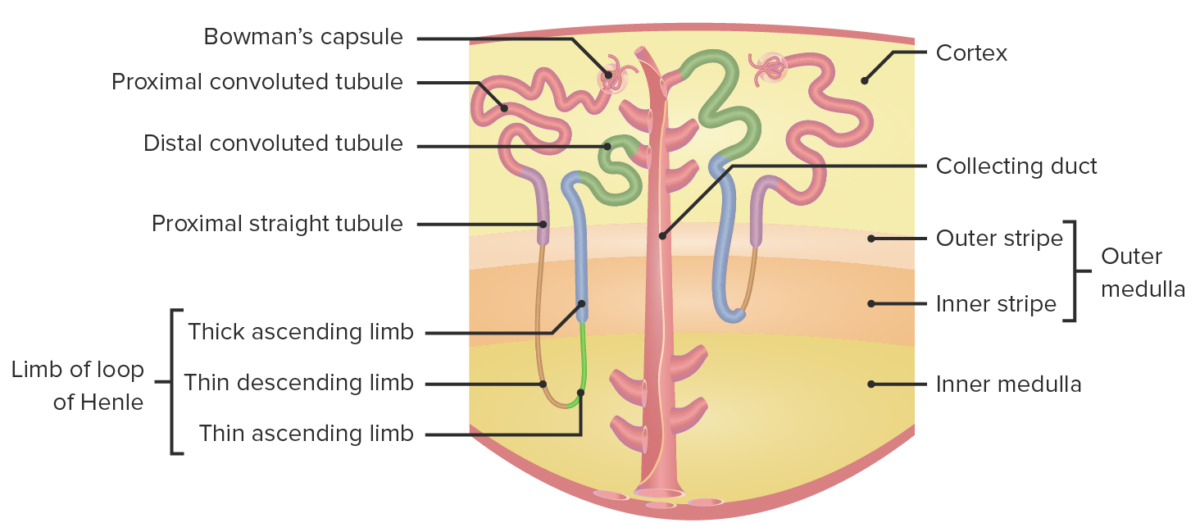
Physiology Overview Anatomy The tubular system consists of: Pathways of epithelial solute transport Sodium/Potassium ATPase Methods of water transport Transport maximums Peritubular capillary absorption Peritubular capillary reabsorption differs from regular capillary reabsorption to maximize the reabsorption of substances back into the bloodstream. Proximal Tubule: Reabsorption of Ions Glomerular filtration is a very nonspecific process, resulting […]
Pancreatic Parameters
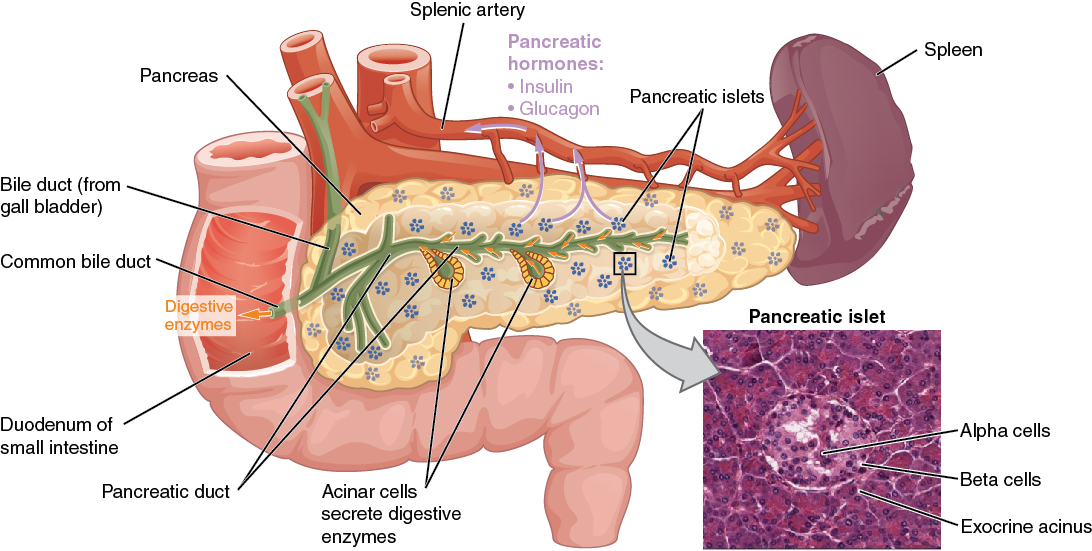
Overview Pancreas The pancreas is an organ positioned across the posterior aspect of the abdomen, behind the stomach and has 2 major functions: Endocrine pancreas physiology The islets of Langerhans, scattered throughout the pancreas, have different types of cells, which correspond to the following hormones: Functions and stimuli differ with each hormone. Exocrine pancreas physiology […]
Gas Exchange
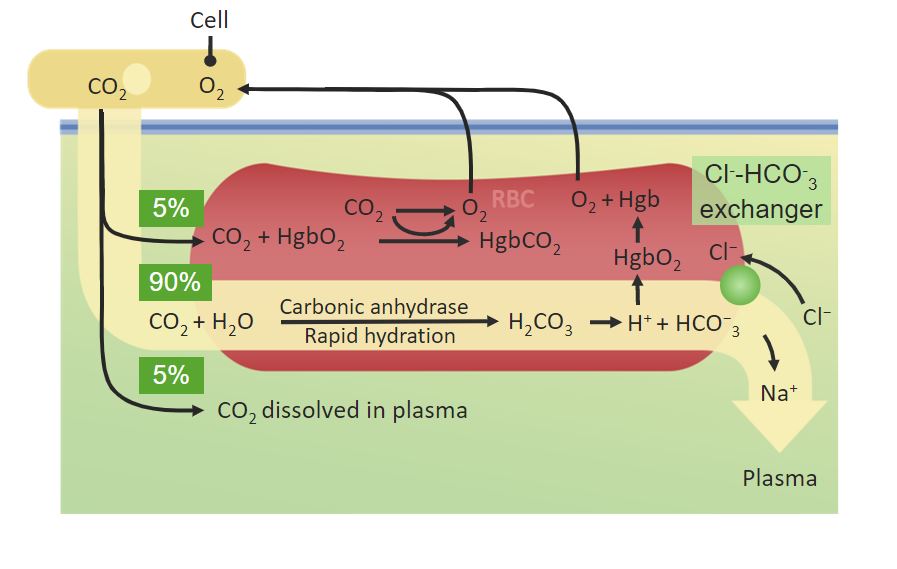
Anatomy of the Respiratory System Involved in Gas Exchange Gas exchange occurs at the level of the alveoli in the lungs and capillaries of the pulmonary circulation. Physics of Gas Exchange Physical properties of gases During gas exchange, O₂ and CO₂ must cross the pulmonary membrane. This process is driven by multiple complex forces determined […]
Electrolytes
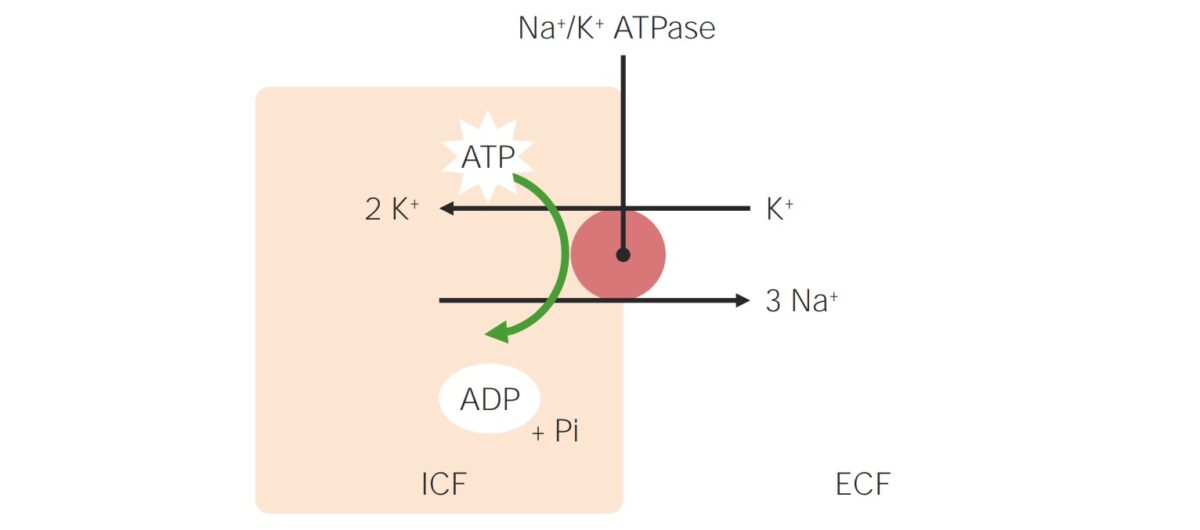
Introduction Body fluids and electrolytes Electrolyte balance The ICF and ECF compartments have different and unequal electrolyte distribution to maintain physiological function. Intracellular fluid: Extracellular fluid: Sodium Overview Regulation Related disorders Potassium Overview Regulation Related disorders Chloride Overview Regulation Chloride homeostasis: Related disorders Calcium Overview Regulation Related disorders Magnesium Overview Regulation Related disorders Phosphate Overview […]
Respiratory Regulation
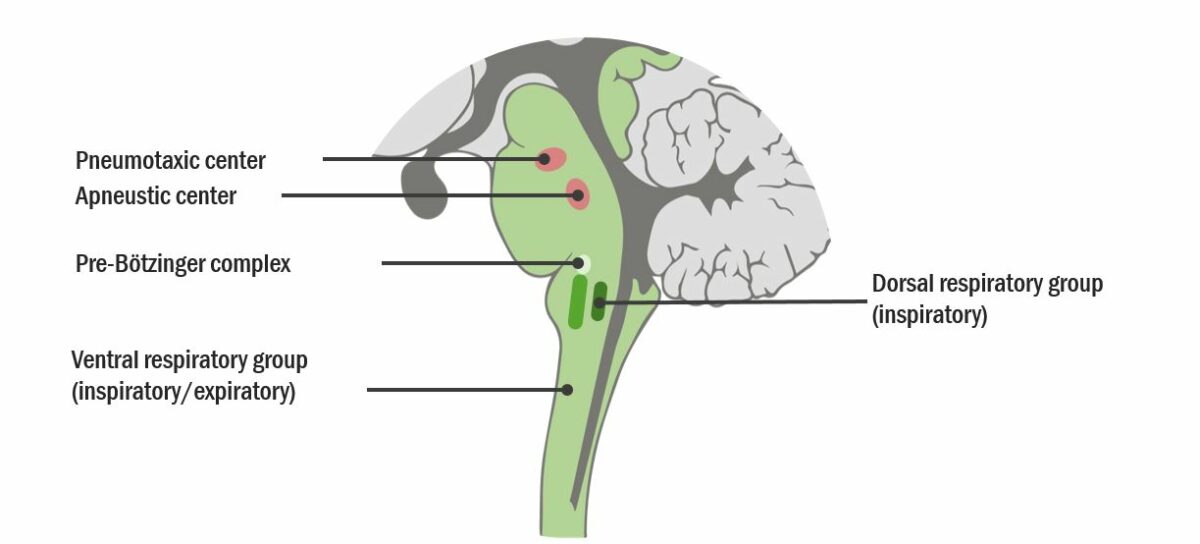
Respiratory Centers Respiratory centers are specialized neuron clusters located in the medulla oblongata. They regulate 2 respiratory parameters in response to changing demands: Anatomy Respiratory groups Regulation of the Respiratory Centers Respiratory centers set the rate and depth of breathing. Changes in O₂, CO₂, and H+ concentrations are sensed by central and peripheral chemoreceptors, which […]
Ventilation: Mechanics of Breathing
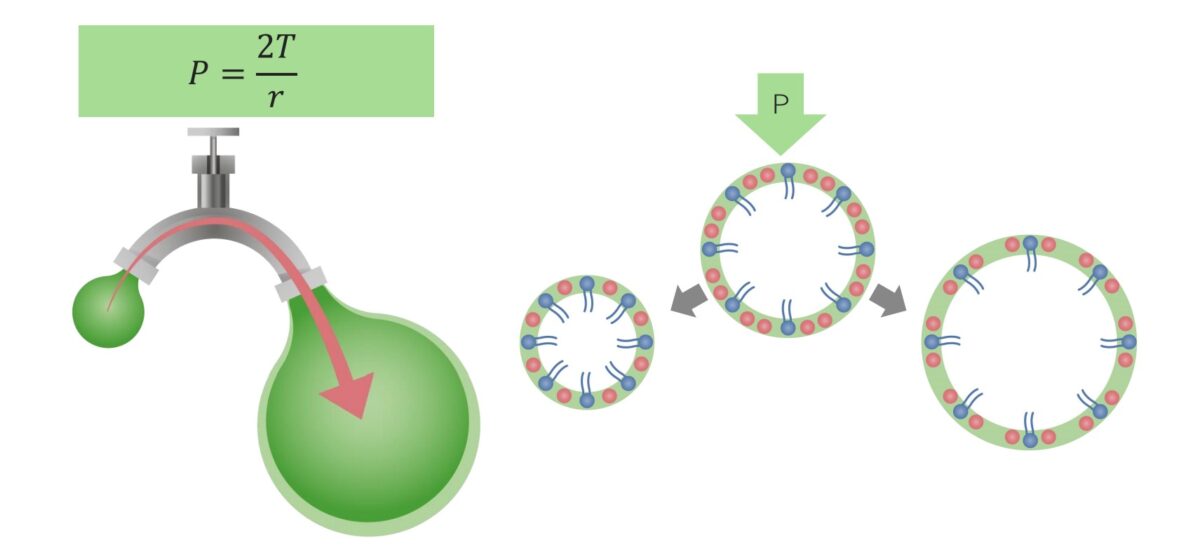
Anatomy of the Respiratory System Involved in Ventilation Ventilation, or breathing, involves the action and movements of structures found in the neck and thoracic cavity belonging to the pulmonary, musculoskeletal, and cardiac systems. Pressure Relationships in the Thoracic Cavity Inspiration and Expiration Breathing consists of 2 phases: Inspiration and expiration: Inspiration Inspiration is an active […]
Acid-Base Balance
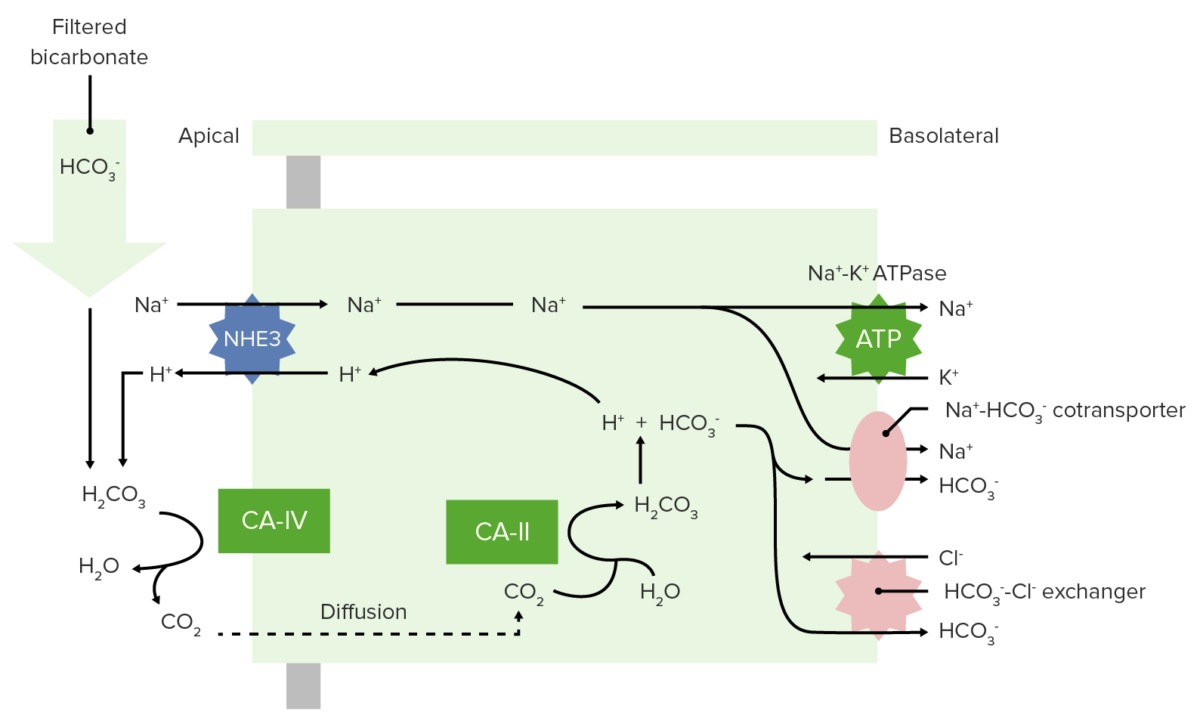
pH Overview pH is the quantitative measurement of the acidity or basicity of a solution. Table: Examples of pH values of various fluids Compartment pH Gastric secretions (under conditions of maximal acidity) 0.7 Lysosome 5.5 Chromaffin granule 5.5 Neutral H2O at 37°C 6.81 Cytosol of a typical cell 6.0–7.4 CSF 7.3 Arterial blood plasma 7.35–7.45 […]